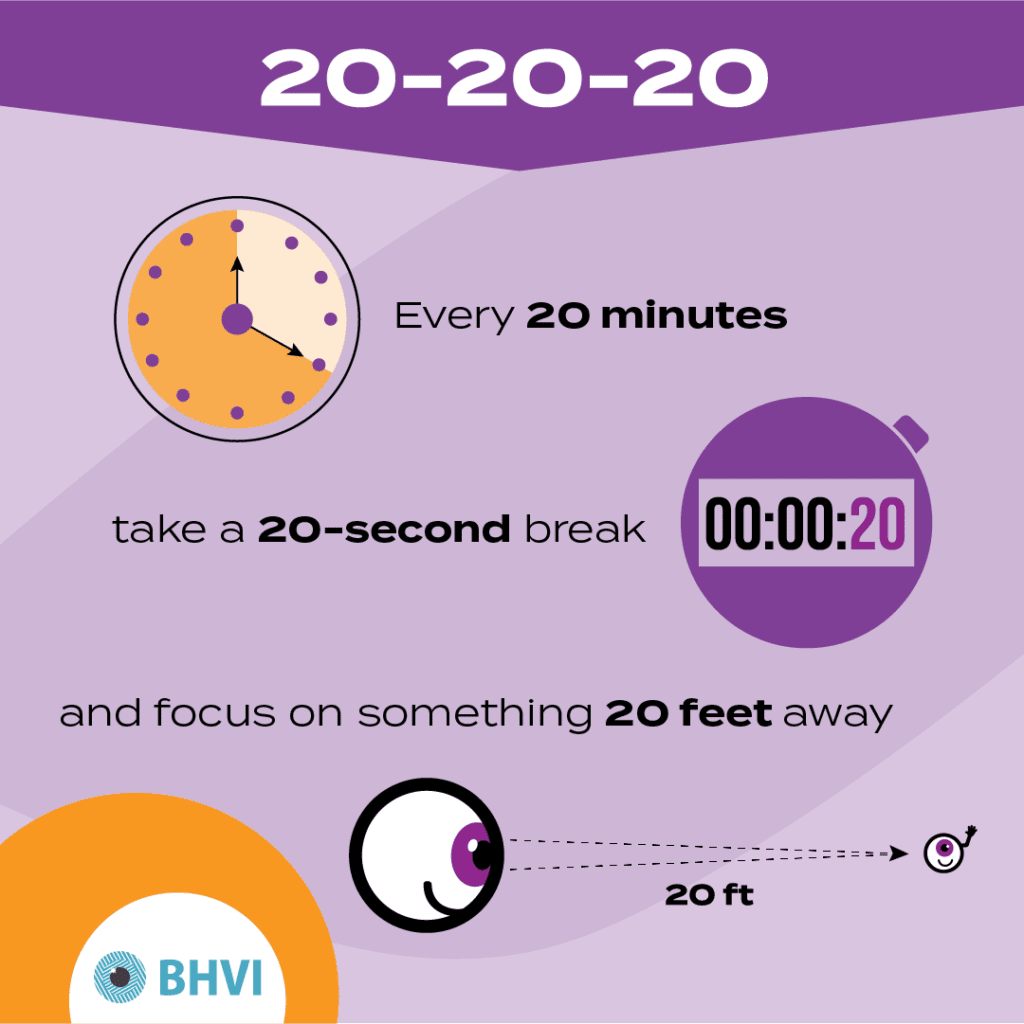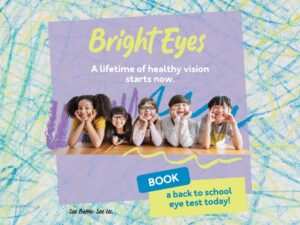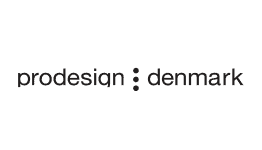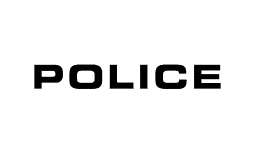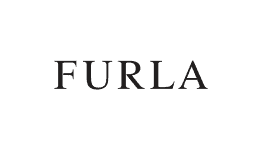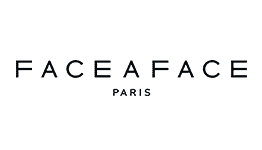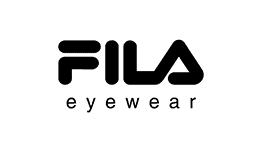Myopia Facts
What is myopia?
Myopia is an eye condition that results in poor or blurred vision when viewing in the distance. It is
also known as near-sightedness because people with myopia can still see things clearly that are close.
In myopic eyes, commonly, the length of the eyeball is longer than it should be, causing images
of distant objects to be focused ‘in front of ‘ rather than ‘on’ the light sensitive layer of the eye
known as the retina.
What are the risk factors for myopia?
Of the many factors found associated with myopia, such as ethnicity, parental myopia and urban
living, two factors are significant and found to be causally related.1
a. Near work and education. The greater the time spent on near work, the greater the risk of
myopia- both onset and progression. In children of the same age, those who were in a higher
class/grade at school (greater academic load) have a more myopic refractive error.
b. Less time outdoors. Those that spend less time outdoors are at significant risk of myopia.
How common is it?
Approximately 30% of the world’s population suffers from myopia. Furthermore, based on current
trends, it is estimated that by 2050, almost 50% (or a staggering 5 billion people) will have
myopia.2
COVID-19 has significantly raised the stakes and increased the burden of myopia. Peer reviewed
evidence from many parts of the world suggest that the quarantine measures of social distancing,
stay at home, surge of near based activities and less time outdoors has resulted in a significant
spike in prevalence, incidence (new cases of myopia) and progression of myopia.3-5
How is it managed, and can we slow progression?
Traditional corrective lenses (spectacles and contact lenses) help restore clear vision at distance,
but do not control the progression of myopia. The intent of myopia management is to slow or stop
lengthening of the eyeball through specially designed spectacle and contact lenses that reduce or
modulate defocus (blur) at the periphery of the eye or with drug therapy.
Additionally, improved time outdoors was shown to be effective in reducing the onset of myopia.
Why is myopia an issue?
The impact of myopia is substantial.6
Uncorrected myopia is a leading cause of avoidable vision impairment and, whether corrected or
uncorrected, has an influence on the quality of life and social domains of a young person. For example,
when uncorrected, myopia can affect children’s scholastic performance. In some situations when
corrected, attitudes to wearing spectacles can affect their psychological-social well-being.
Higher levels of myopia significantly increase the risk of developing sight-threatening complicationsthis risk exists even during the younger formative years but multiplies and is greater in older
individuals. Complications include retinal detachment, glaucoma, myopia macular degeneration.
Are there complications?
Although higher levels of myopia are associated with increased risk of complications especially later
in life, no level of myopia is safe. People with high myopia (-5.00D or worse) have an increased risk
of retinal detachment, cataracts, myopic degeneration and glaucoma, which can all cause vision
loss. People with high myopia should ask their eye care professional about the warning signs for
these conditions, and ensure they have comprehensive eye health examinations regularly.
What are the signs of myopia?
The most obvious sign of myopia is that objects in the distance appear blurry. Some children may
report headaches and/or eye fatigue caused by the eyes straining to focus or having to move or
sit closer to activities (for example, in the classroom) to see clearly.
Myopia usually develops during childhood, so parents should start to check behaviours, such
as sitting too close to the television or screens or books, holding screens close to the face
or squinting when looking at objects. Observant teachers may also notice children who have
difficulty reading the blackboard.
Myopia often progresses through childhood and at times into teenage years and early adulthood.
Progression is recognised by distance vision getting blurry despite correction.
Can myopia be prevented?
Evidence indicates that it is possible to reduce the risk of onset of myopia. The condition may be
delayed or prevented by spending less time on devices and more time outside, possibly due to
increased exposure to sunlight or the need to look into the far distance regularly. While myopia cannot
be completely prevented, when it onsets, it can be managed through the use of specially designed
glasses or contacts – and through drug therapies (eye drops). These management approaches aim to
slow the progress of myopia thus reducing the risk of the eye reaching higher levels of myopia.
If you’re concerned about myopia, you can book an appointment by clicking the “BOOK AN APPOINTMENT” button at the top of this screen or by calling 9741 7983.
- Morgan, I.G., et al., IMI Risk Factors for Myopia. Investigative Ophthalmology & Visual Science, 2021. 62(5): p. 3-3. 1.
- Holden, B.A., et al., Global Prevalence of Myopia and High Myopia and Temporal Trends from 2000 through 2050.
Ophthalmology, 2016. 123(5): p. 1036-42. - Wang, J., et al., Progression of Myopia in School-Aged Children After COVID-19 Home Confinement. JAMA Ophthalmol, 2021.
139(3): p. 293-300. - Hu, Y., et al., Rates of Myopia Development in Young Chinese Schoolchildren During the Outbreak of COVID-19. JAMA
Ophthalmol, 2021. 139(10): p. 1115-1121. - Wong, C.W., et al., Digital Screen Time During the COVID-19 Pandemic: Risk for a Further Myopia Boom? Am J Ophthalmol,
- 223: p. 333-337.
- Sankaridurg, P., et al., IMI Impact of Myopia. Investigative Ophthalmology & Visual Science, 2021. 62(5): p. 2-2.
